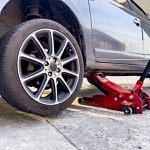Contents
What Is a Throttle Body?
The throttle body lies between the air filter and the engine’s intake. It is a metal block with a butterfly valve in the opening. As the butterfly valve opens, more air can enter the car’s intake manifold. The car’s gas pedal controls how much the butterfly valve opens and closes.
As the car ages, the throttle body can collect sludge and gunk, which interferes with the smooth operation of the valve. Fortunately, if you can easily reach the throttle body, cleaning it is an easy project.
Shop now for throttle body cleanerLocating the Throttle Body
Most throttle bodies are square blocks of aluminum. Follow the pathway from the air filter to the engine, and you should locate the throttle body.
The intake manifold that connects the air filter to the throttle body is usually held in place by a clamp or a few bolts. Either an electrical connector or an actual cable is attached to the throttle body. If you cannot locate it, consult your car’s service manual.
In the 1990s, manufacturers started to produce throttle bodies using drive-by-wire technology to control the butterfly valve. When the driver presses on the accelerator, the car translates that movement into an electrical signal that controls the throttle body.
This allows for greater airflow control than earlier versions, but extra care must be taken when cleaning the throttle body. It is calibrated for precise movements, so if you dislodge the butterfly valve, a shop might have to recalibrate the valve.
Shop now for throttle bodiesHow Does the Throttle Body Get Dirty?
Poor or stale gas is a significant contributor to the sludge you might find on the throttle body. Also, as a car ages, the oil seals tend to leak tiny oil droplets, which increases the amount of sludge on the throttle body.
Generally speaking, a throttle body doesn’t need to be cleaned until the engine has registered 50,000 miles. After that, it might need an additional cleaning every 25,000 miles.
Cleaning the Throttle Body
Here’s what you need:
- Throttle body cleaner
- Safety glasses
- Gloves
- Soft-bristle plastic brush, like an old toothbrush
- Shop rag
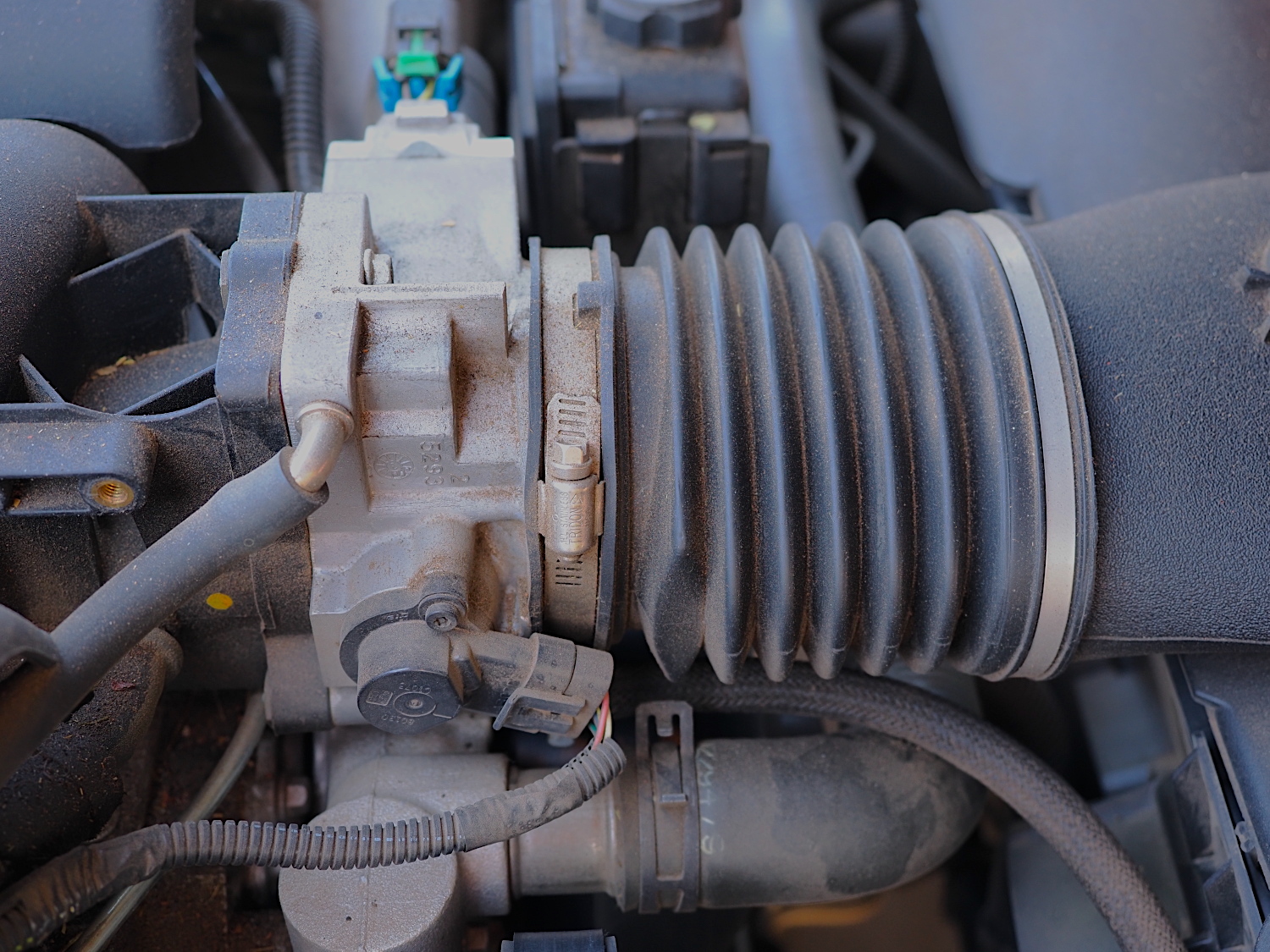
You’ll need to loosen the hose clamp to clean the inside of the throttle body.
Companies make specific cleaners for throttle bodies, and you can often use these cleaners to clean the engine’s intake manifold too. So if you find a cleaner that lists both cleaning functions, that is okay.
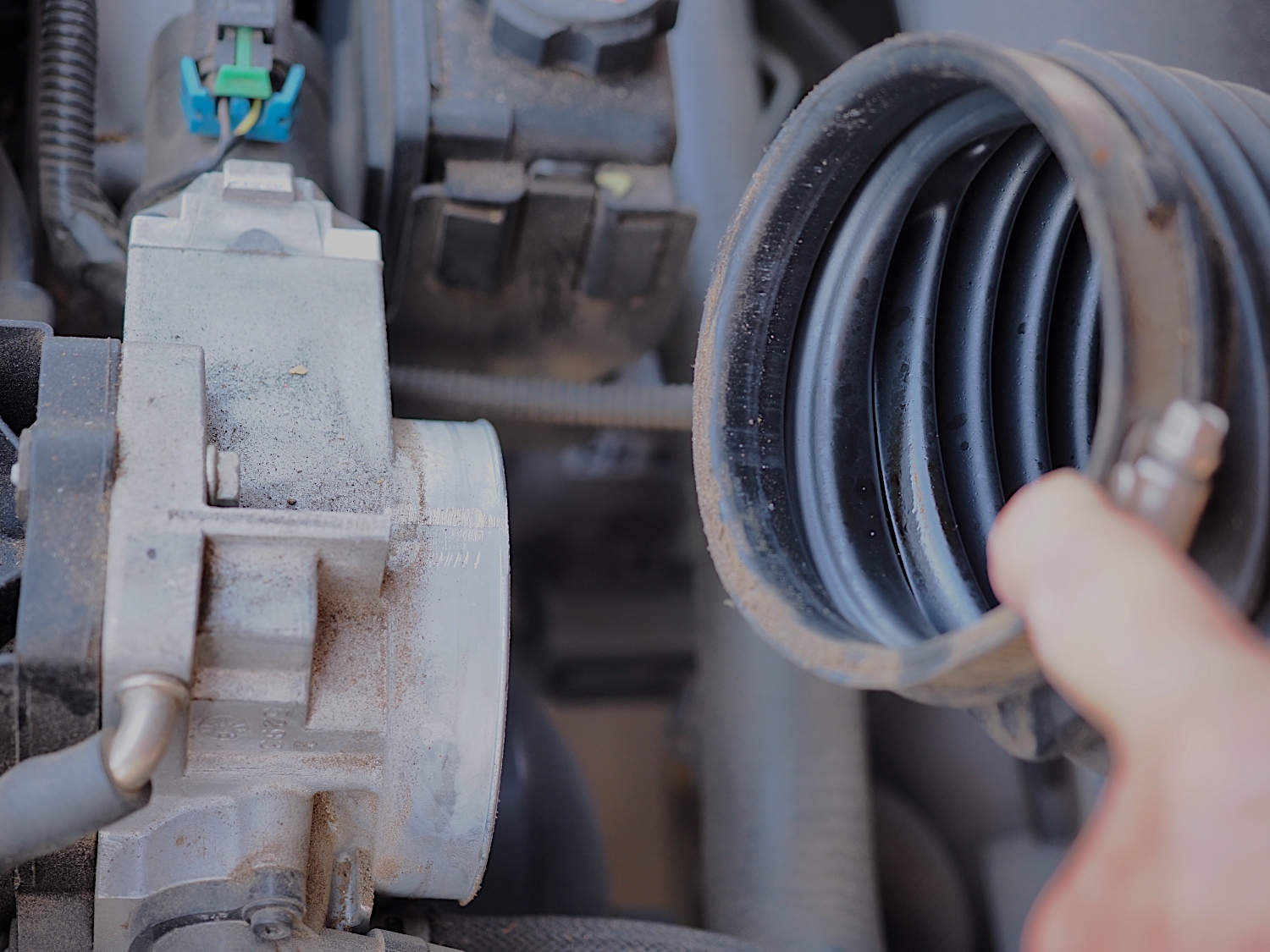
Pull the intake manifold off the throttle body.
Do not use a carburetor cleaner. Those chemicals are not designed for the delicate throttle body.
Follow these steps:
- Move the car outside to an area with good airflow. The cleaning chemicals are flammable and very volatile.
- Disconnect the car’s battery.
- Wear safety glasses and gloves.
- Disconnect the intake manifold where it connects to the throttle body. Be mindful of any additional electrical connections or plumbing lines attached to the intake manifold.
Move the intake manifold out of the way. You may need to remove the other end of the intake manifold where it connects to the air filter to have enough clearance to reach the throttle body.
- If the throttle body is a drive-by-wire style, be careful not to dislodge or move the butterfly valve, which could require recalibration at a shop.
- Spray a liberal amount of cleaner on the interior of the throttle body, especially where you see deposits or sludge. Let it sit for a minute.
- Use a shop rag to remove any remaining dirt, taking care not to move the butterfly valve.
- Use the soft bristle brush to scrub away the dirt. Do not use a steel brush, as it may damage the soft aluminum of the throttle body.
After you are done, reconnect the intake manifold and battery, and start the engine. Do not be alarmed if the exhaust emits some white smoke for a few seconds or if the car hesitates while idling. That will end as the remaining cleaner is burned during combustion.
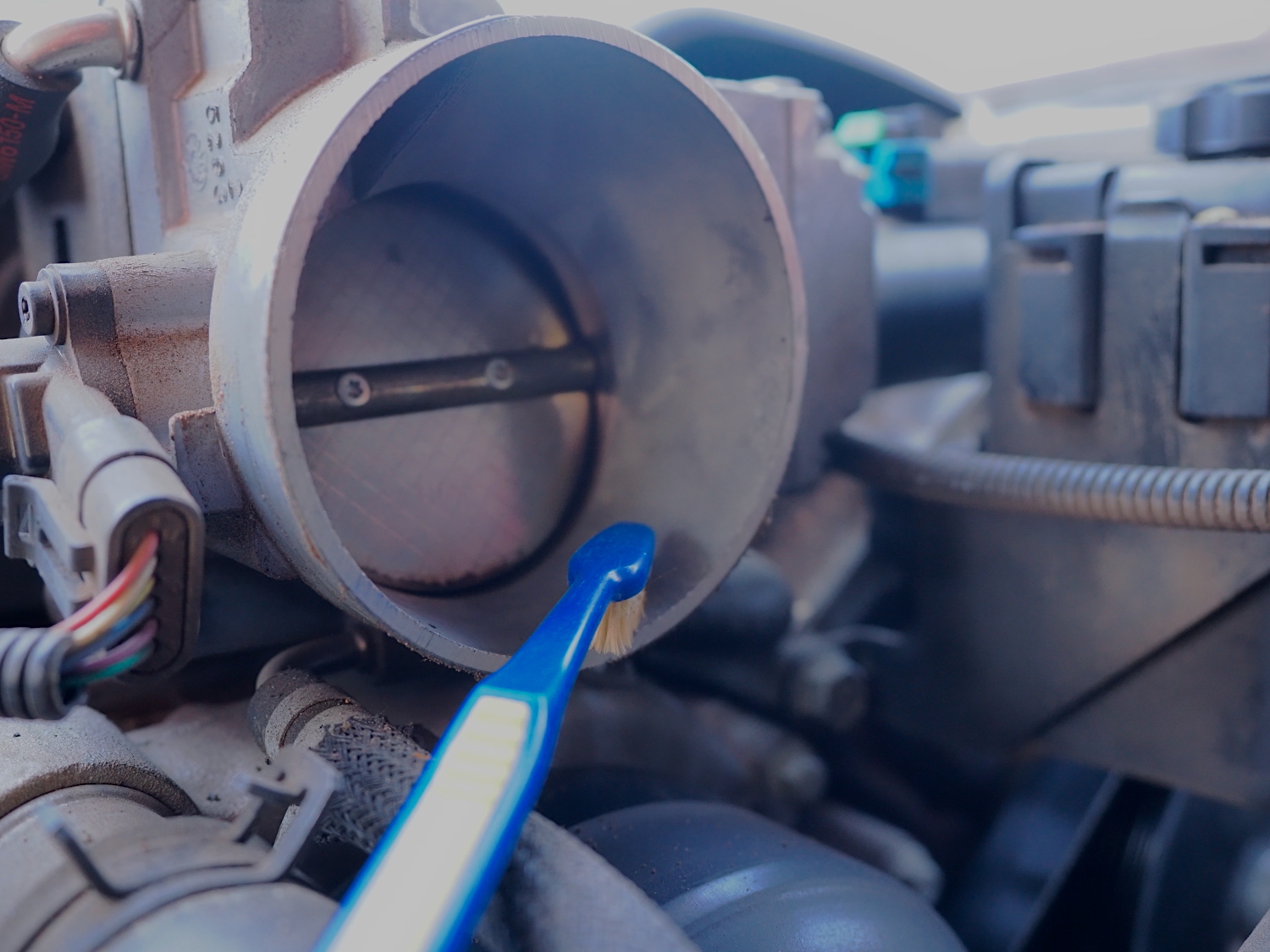
A toothbrush comes in handy.
Take the car out for a spin, and you should feel a significant difference in the throttle response and acceleration. Throttle body cleaning doesn’t have to be done often, but when it’s necessary, the process is easy.
Shop now for throttle bodies
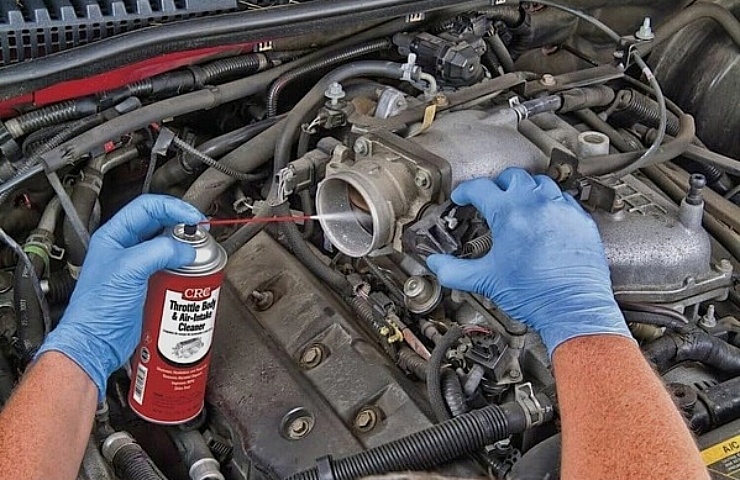
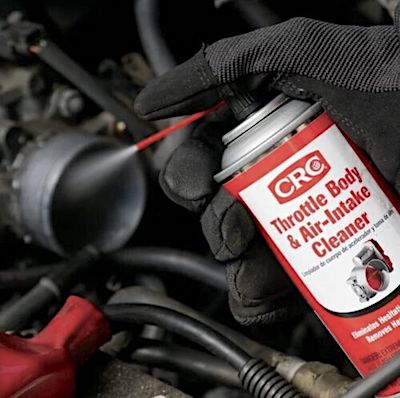 Move the intake manifold out of the way. You may need to remove the other end of the intake manifold where it connects to the air filter to have enough clearance to reach the throttle body.
Move the intake manifold out of the way. You may need to remove the other end of the intake manifold where it connects to the air filter to have enough clearance to reach the throttle body.
